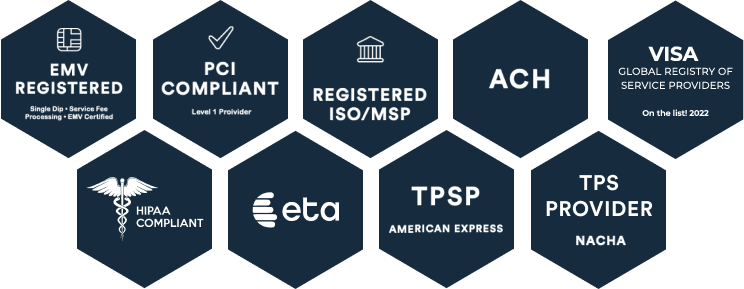Cash flow is the lifeblood of any organization. Accurate record-keeping on your end only goes so far because there may be errors on your bank’s end or extra fees or taxes that are more difficult to track and manage.
Payment reconciliation can help make sense of your organization’s accounts payable and receivable operations. Here’s your chance to learn what automated payment reconciliation is and why it is so important.
What Is Payment Reconciliation?
Payment reconciliation aims to verify that all payments are recorded and processed accurately.
The payment reconciliation process can be broken down into three steps:
- Collection of internal records
- Collection of external records
- Reconciling external to internal records
1. Collection of Internal Records
The first step of reconciliation is gathering all payment information for transactions over a period of time. Every transaction, both received and paid, needs to be recorded. Some companies choose to reconcile daily or weekly. At the very minimum, it’s best to reconcile payments at least once a month.
2. Collection of External Records
Gather all banking information for all transactions. Remember that reconciliation should include information about both payments made and payments received. Some transactions may be reported as “pending” but should still be included in the reconciliation.
3. Reconciliation of Records
Reconciliation is all about verifying internal records against external ones so there is clear allocation of funds to appropriate accounts. Every payment from your bank records should perfectly match an internal record.
3 Benefits of Reconciliation
Here are three benefits reconciliation provides:
1. Catch and Eliminate Accounting Errors
Despite what Monopoly would have you believe, there’s no such thing as a bank error in your favor. Even the best accounting team will make the occasional mistake, and payment reconciliation gives you the insight to identify and correct them.
2. Make Better Financial Decisions
With payment reconciliation, you know exactly how much money you have, allowing you to make better financial decisions. Information from a reconciliation helps your organization avoid overdraft fees, better schedule automated payments, and allocate funds for future use.
3. Save Money
Reconciliation empowers you to focus on the details and find new ways to save. You gain better insight into things like processing fees, banking fees, taxes, and regular dues and fees. You gain valuable insights by keeping a close eye on every dime you spend and earn.
What Are the Benefits of Automated Reconciliation?
If you’re using manual reconciliation, you could be wasting over 600 hours a year per employee. Manual reconciliation takes an extreme amount of manual effort and time. On average, it can take almost a third of your team’s time to manually sort, process, and interpret the piles of information involved in reconciliation. Because it takes so much time to process reconciliation, it’s likely to be riddled with errors and can quickly become outdated.
Automated reconciliation streamlines the entire process. Automation allows you to get accurate reconciliation insights frequently, rather than whenever your team is done with the manual review process.
Automation reconciliation saves your entire team time and provides you with more accurate and relevant data.
Automate Payment Reconciliation with CORE
Rather than manually organizing and sifting through transaction records and account balances, CORE makes it possible to automate payment reconciliation.
Contact us and get started today!






